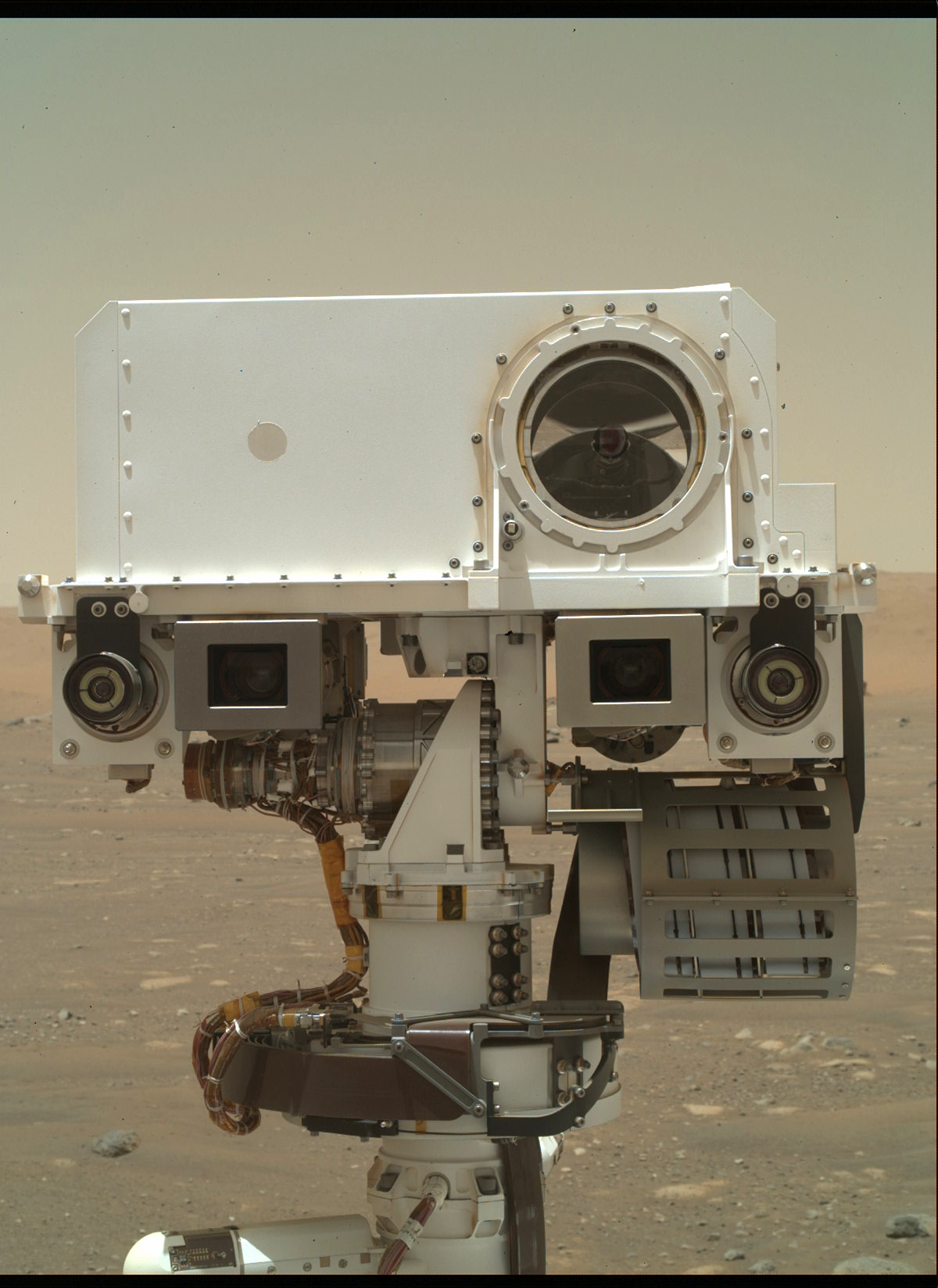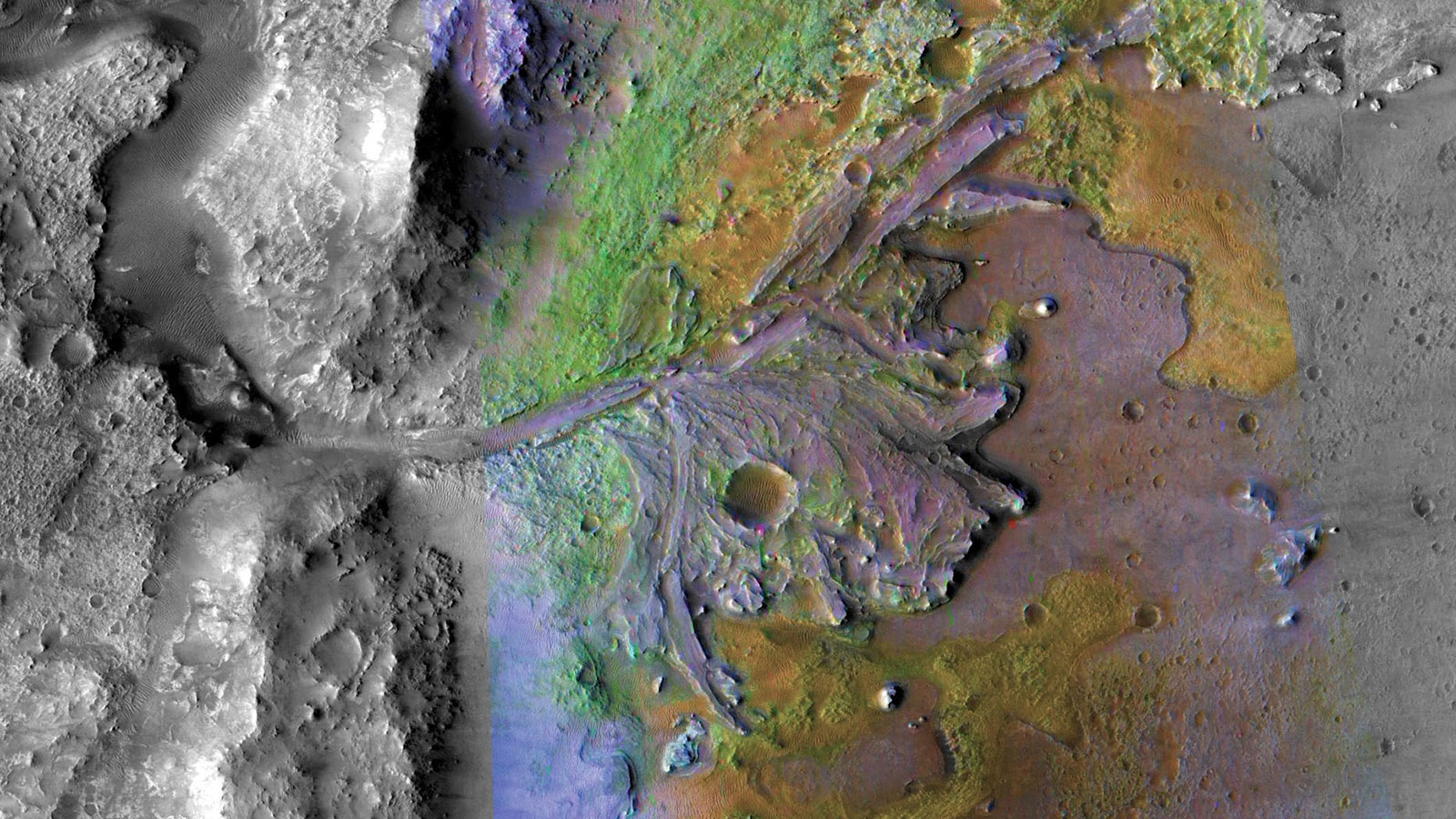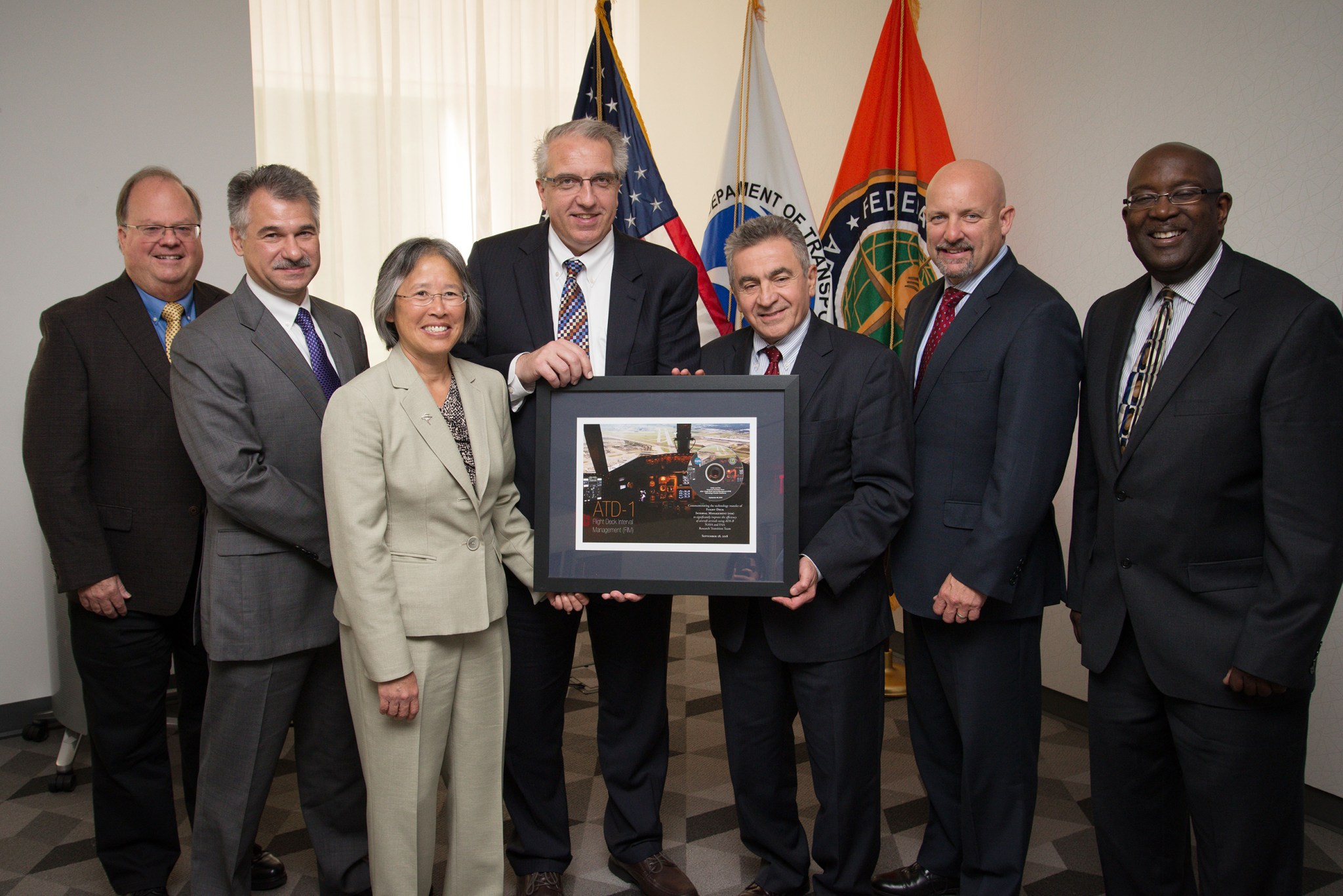
NASA technology developed so aircraft arriving at busy airports can be managed more efficiently was officially transferred to the Federal Aviation Administration (FAA) during a recent ceremony in Washington, DC.
The technology is called Flight Deck Interval Management, or FIM, and its key benefit is that it will help air traffic controllers and pilots more precisely manage and safely shorten the time, or interval, between airplanes landing on a runway.
“Years of hard work by researchers at NASA, as well as our strong partners at the FAA and within industry, have made it possible for this exceptional technology to officially be turned over to the FAA,” said Jaiwon Shin, NASA’s associate administrator for aeronautics.
“This is yet another example of our firm commitment to support the FAA’s modernization of its air traffic control network in realizing the Next Generation Air Transportation System,” Shin said.
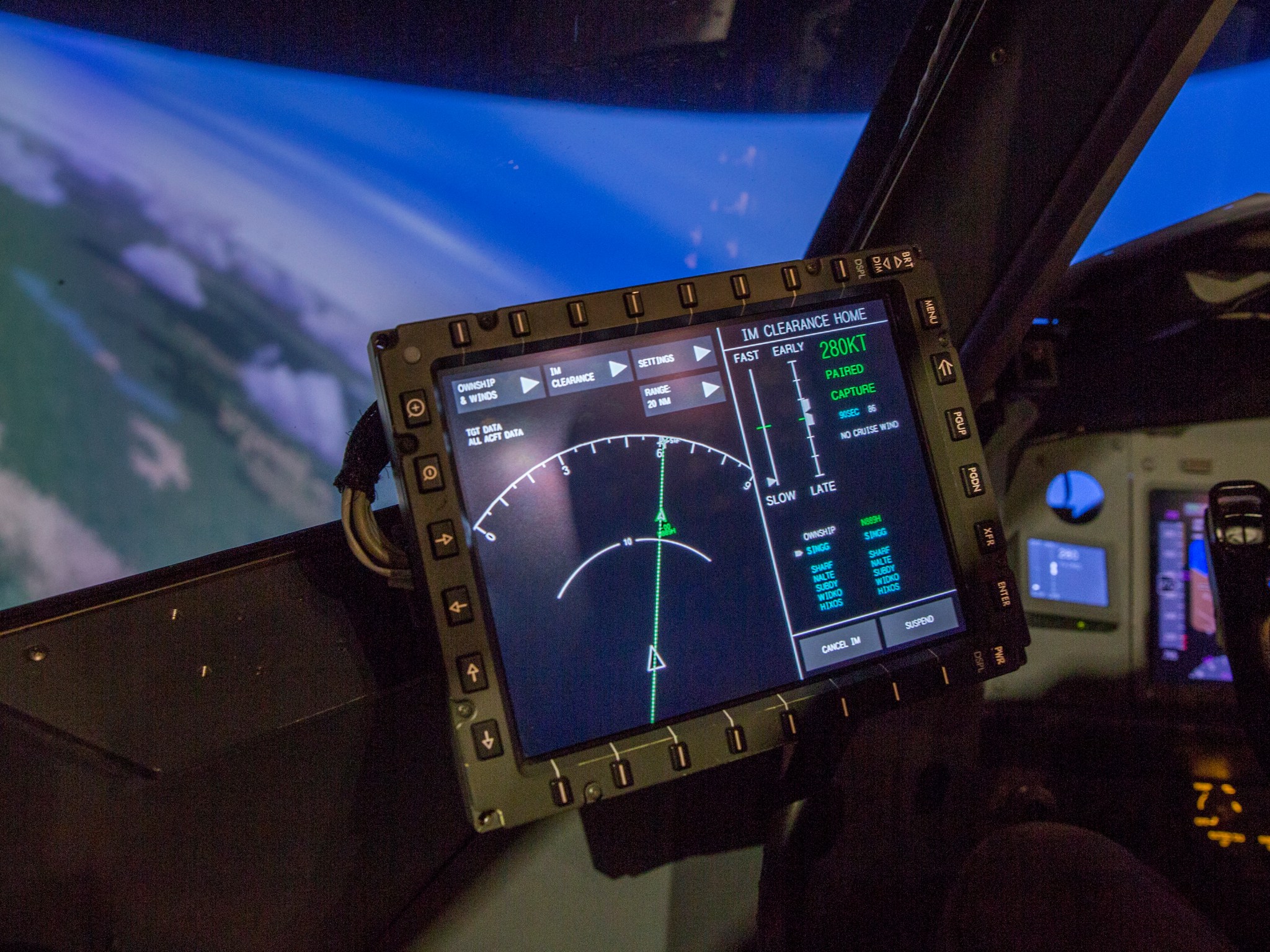
Today, current air traffic control technology and procedures can predict airplane arrival times to an airport to within a minute or so. But FIM is designed to enable controllers and the airport to count on aircraft arriving within five to ten seconds of a predicted time.
“The FAA appreciates working in partnership once again with our NASA colleagues to advance aviation safety,” said Ali Bahrami, FAA’s Associate Administrator for Aviation Safety. “The FIM technology is an important new tool and will benefit the flying public.”
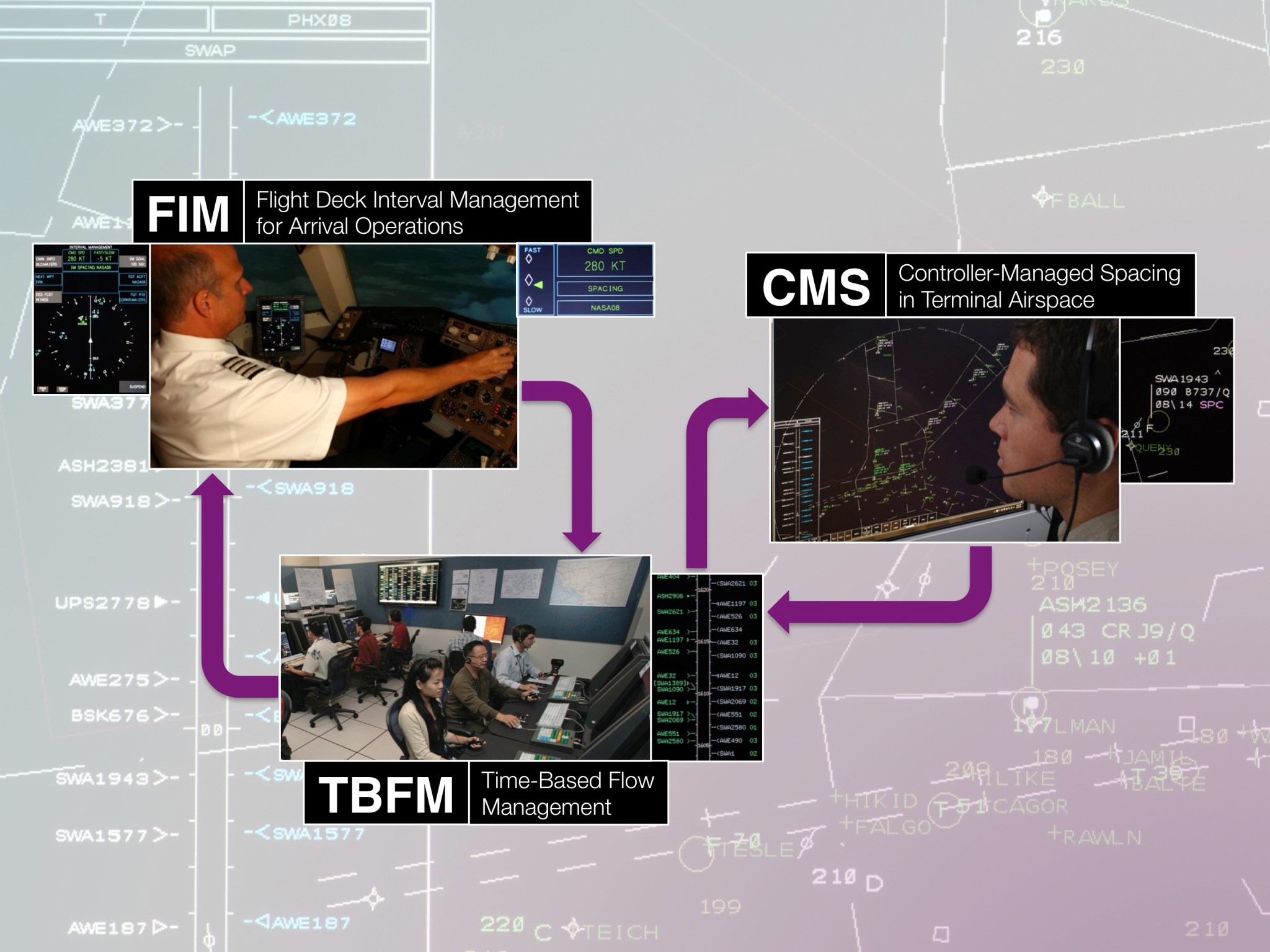
The cockpit-based prototype FIM system combines NASA-developed software with commercially available off-the-shelf hardware and connects the system to the aircraft’s onboard information and navigation systems.
FIM allows controllers to deliver the aircraft more precisely and more predictably, which is a huge advantage that helps the airlines and airport operators more efficiently manage air traffic to minimize delays.
The FIM technology handoff also marked delivery to the FAA of the final piece of research that was part of Air Traffic Management Technology Demonstration-1 (ATD-1).
ATD-1 was a coordinated effort involving NASA, the FAA, and industry to develop and evaluate new technologies and procedures related to aircraft scheduling and airport arrivals.
Two NASA-developed technologies from ATD-1 – Traffic Management Advisor with Terminal Metering and Controller Managed Spacing – together were delivered to the FAA in 2014 as a single tool known as Terminal Sequencing and Spacing (TSAS).
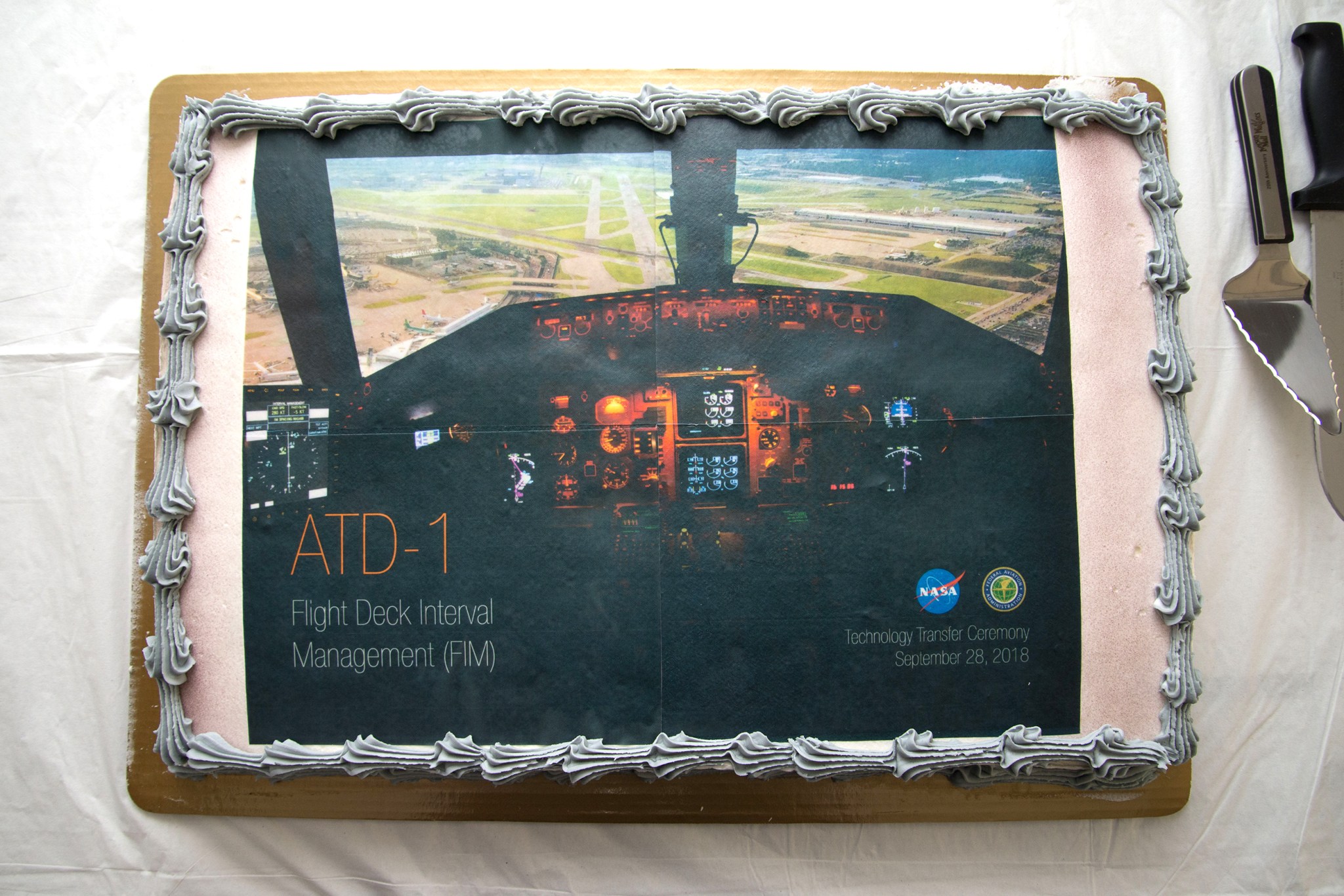
Altogether, the research was intended to help airplanes spend less time in the air, save money on fuel, and reduce engine emissions – all while improving schedule efficiency to help passengers arrive at their destination on time and avoid missing connecting flights.
“Efficiency is important to our customers and I am happy to combine the FIM and TSAS products to further enhance efficiency in a safe manner for the national airspace system,” said Tim Arel, Deputy Chief Operating Officer of the FAA’s Air Traffic Organization.
The FAA will now take this technology and continue to evaluate it and develop procedures for implementing it within the National Airspace System.




